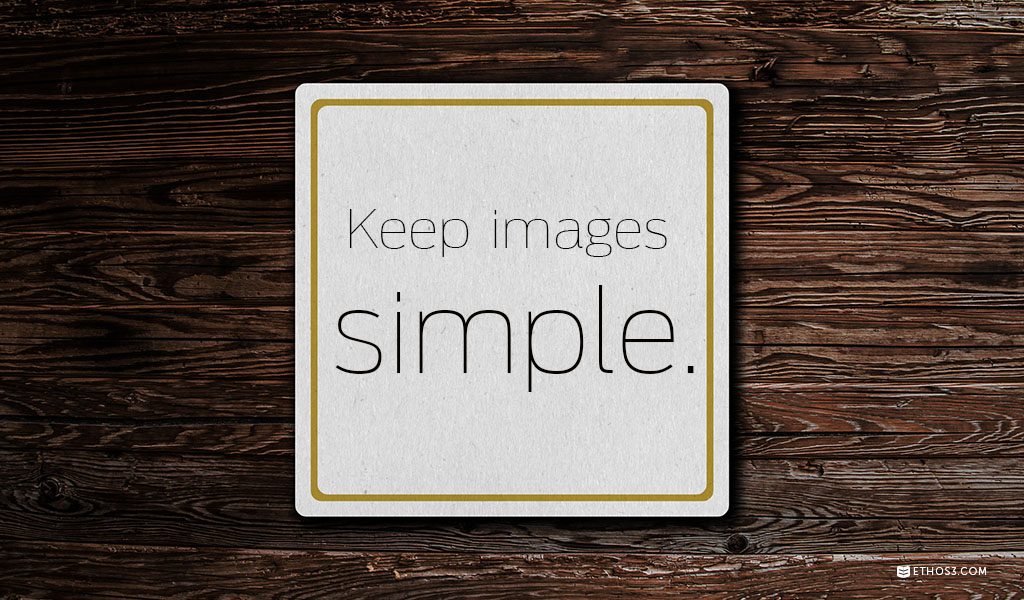From clean and simple to complex and detailed, excellent presentations take infinite forms. But amid all that variation is a distinct set of guidelines that ensure a presentation is compelling, persuasive, and engaging.
No matter what industry you’re in or to whom you’re presenting, if you incorporate the following the guidelines into your presentation design, then you can bet it’ll be nothing short of excellent.
Create Contrasts
The contrast between the colors of your text and background should be high enough to ensure your audience can read your slides comfortably and easily. For instance, if you’re working with a light background image, then your text should be dark and vise versa. If your colors are too close, then your slides become very difficult to read at a distance.
Simplify Your Colors
Color is good for making presentations more compelling and engaging, but there can definitely be too much of a good thing. To avoid making your presentation appear chaotic and overwhelming, stick to just a handful of colors, say four or five, and don’t stray from that. This will ensure your presentation looks polished, cohesive, and clear.
Rule of Thirds
Any expert photographer will tell you that the rule of thirds is the key to compelling photos—and the same goes for compelling slides. The rule of thirds means applying an imaginary grid to your slide that divides it into nine equal parts. The focal points of your slide (eg your images and text) should fall on the intersecting points of those grid lines.
Emphasize Using Design
Use your design to emphasize important points. That could mean making text larger and bolder, adding bigger images, or using brighter colors. Basically, any of the critical points in your presentation should be highlighted using thoughtful design choices in order to give your audience the best chance to remember the key takeaways.
Keep Text to a Minimum
If you pack too much text on your slide, then your audience has to try to split their attention between reading the slide and listening to you, which makes it tough for them to focus on your message. Therefore, you should keep text to a minimum and try to stick to no more than one main point per slide. Don’t worry that this will lead to too many slides—there’s no such thing as too many as long as each slide is compelling and digestible.
Skip the Transitions
Most presentation software is capable of applying a wide range of fancy transitions between each slide. In short, don’t do that. While these transitions might look cool, they’re also very distracting for your audience. Generally speaking, it’s best to minimize distractions as much as possible so your audience can put all their focus on what matters most: your message.

Keep Images Simple
A lot of beautifully detailed images look great up close but translate as blurry and confusing from the perspective of your audience. Simple images that are free of too much detail are much better for presentations because they make it a lot easier for your audience to interpret them from a distance.
Just Say No to Bullet Points
Not only do bullet make for a less-than-compelling visual, but research suggests that they also make it harder for your audience to pay attention and retain information. That said, it’s best to forget them entirely. Any content you’d deliver via bullet points should instead be conveyed using interesting visuals and simple messages, using minimal text per slide.
Looking for more assistance designing your next presentation? Then check out Ethos3’s wide range of presentation design services.